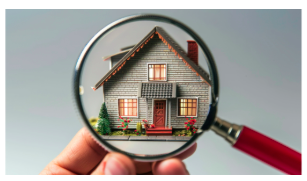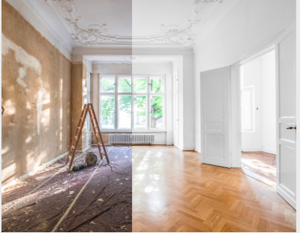5 Essential Steps to Assessing an Undervalued Property’s True Potential
Nov. 6, 2024 byKeywords: property assessment, real estate potential, property value evaluation
Introduction:
Identifying undervalued properties is just the first step in real estate investment. To make sure you’re getting a good deal, you need to assess each property’s true potential for growth. Here’s a guide to evaluating undervalued properties to ensure a profitable investment.
Step 1: Analyze Comparable Sales
Start by comparing recent sales of similar properties in the area. Look at the price, square footage, condition, and age of these properties to get a baseline value.
Step 2: Check Local Economic Trends
Economic factors like job growth, planned infrastructure, and new businesses can impact a property’s future value. Properties in areas with positive economic indicators are more likely to appreciate.
Step 3: Examine Property Condition
Undervalued properties may require renovations. Conduct a thorough inspection to assess structural and cosmetic repairs. Create a budget for repairs, and weigh this cost against potential returns.
Step 4: Calculate Potential Rental Income
For properties you may rent out, calculate potential rental income. Compare it to the neighborhood average and make sure the property will generate positive cash flow after all expenses.
Step 5: Factor in Market Seasonality
Real estate markets can fluctuate with the seasons. Buying during a slower period (like winter) might increase your chances of securing an undervalued property at an even lower price.
Conclusion:
A careful assessment is essential to making a sound investment in undervalued properties. By following these steps and leveraging insights from Titmat, you’ll make informed decisions that maximize your investment potential.






Or